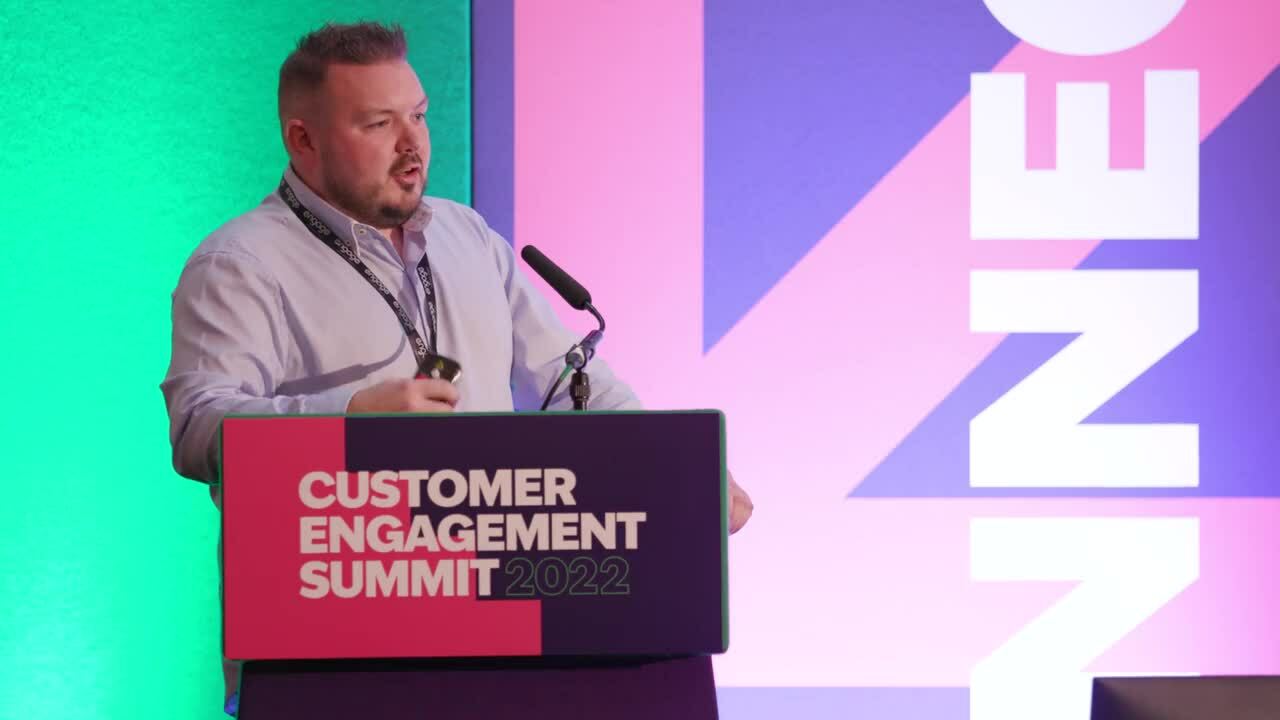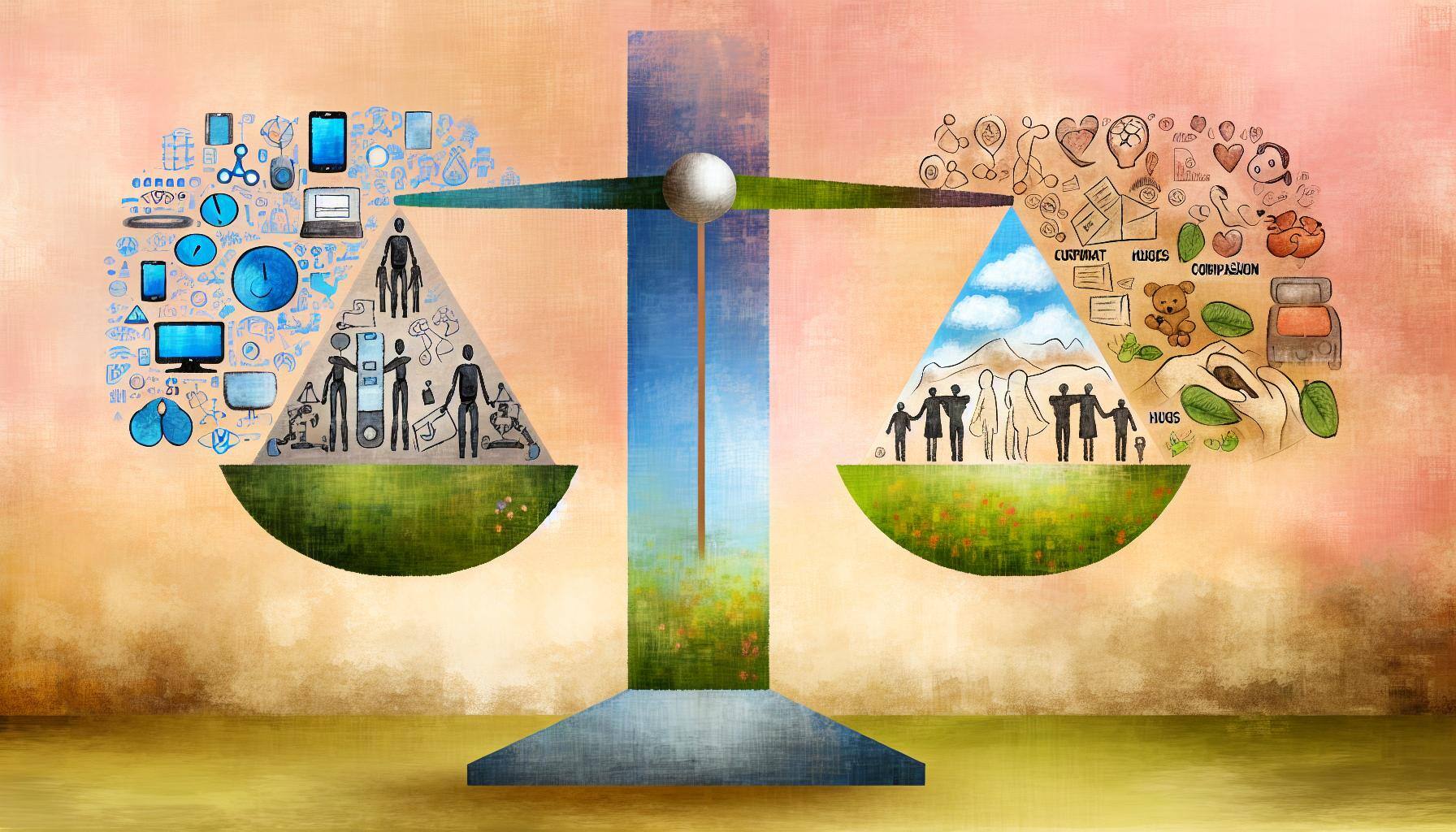Is it Time to Detox Your Contact Centre Technology Stack?

By Rod Jones, CX Industry Specialist
In an era where customer experience is the new battleground, your contact centre can't afford to be bogged down by outdated technology. Sluggish systems don't just lead to frustrated agents; they contribute to poor customer interactions that can haunt your reputation.
With many organisations contemplating or actively pursuing a move to cloud-based solutions, there's no better time than now to perform a technological detox on your legacy systems. Failing to address these festering inefficiencies hampers your current operations and jeopardises a smooth transition to the cloud. The message is clear: Neglecting a tech detox could put your contact centre at a severe disadvantage. It's not just a matter of staying current; it's about future-proofing your operations for the challenges ahead.
THE HIDDEN CULPRITS: UNPACKING TECHNICAL INEFFICIENCIES
We've established that a 'technological detox' isn't just about giving your system a spruce-up; it's a critical intervention. But to tackle the problem effectively, you first need to understand what you're up against. Let's peel back the layers and examine some of the technical inefficiencies that are likely lurking in your ageing contact centre platform.
THE GHOSTS OF CODE PAST: DEPRECATED CODE
One of the most insidious issues you'll find is deprecated code. Think of this as the outdated fashion in your wardrobe, still taking up space but serving no purpose. It's code written for features you've long since abandoned or replaced. Keeping this digital detritus around is akin to hoarding; it only serves to slow you down.
THE STRAITJACKET: HARD-CODED VALUES
Next, consider hard-coded values—those constants defined years ago that are no longer relevant but still wield power. Imagine setting the thermostat to a fixed temperature and then forgetting about it. In the rapidly changing customer experience environment, such immovable settings can be lethal.
THE WEAK LINKS: OUTDATED LIBRARIES AND FRAMEWORKS
Your software libraries and frameworks are like the foundation and framework of a house. If they're old and cracked, the entire structure is at risk. Outdated libraries not only lack the latest features but may also expose your system to security vulnerabilities.
THE RESOURCE VAMPIRES: RESOURCE LEAKS
Lastly, but certainly not least, are resource leaks. It's like a tap that's left running, gradually flooding your bathroom. Unhandled scenarios, such as memory leaks, can erode system performance over time, reducing its speed and efficiency.
The bottom line is that these technical inefficiencies are not just your system's 'quirks' or 'character features'. They are critical flaws that create a domino effect. Slow systems make slow, frustrated agents. And slow, frustrated agents can easily lead to a disastrous customer experience. This isn't mere spring cleaning; it's about avoiding a full-blown crisis.
PART 2: CLOUD MIGRATION - DOING IT RIGHT WITH A TECH DETOX
We've hinted at this in the introduction, but it bears repeating: The cloud is no longer an 'if' but a 'when' for modern contact centres. Yet, moving your operations to the cloud isn't as simple as flipping a switch. The pitfall many organisations tumble into is lifting their existing legacy 'baggage'—inefficiencies, outdated processes, and all—into the cloud. This is where a technology detox comes into its own.
Phase 1: Identification and Assessment
- Perform a Systems Audit
Enlist a team of experts to examine the existing software, hardware, and configurations. - Map the Current Architecture
Create a visual representation of your entire tech stack, outlining interdependencies and data flows. - Assess Code Health
Use automated tools to scan the codebase for deprecated elements, resource leaks, and other vulnerabilities. - Conduct a Performance Analysis
Evaluate system speed, responsiveness, and stability under different load conditions. - Interview Stakeholders
Gather insights from customer-facing agents and managers to identify system-related pain points that affect productivity.
Phase 2: The Detox Process
- Prioritise Issues
Classify problems into categories such as 'critical,' 'major,' and 'minor,' and plan interventions accordingly. - Implement Solutions
Begin by tackling the 'critical' issues, which often include security vulnerabilities and major performance bottlenecks. - Optimise Code
Clean up deprecated code, refactor hard-coded values, and update libraries and frameworks to their latest, most secure versions. - Patch and Update
Apply all necessary patches and updates, following a structured deployment schedule to minimise operational impact. - Test Rigorously
Perform exhaustive testing in a sandbox environment to ensure that all changes are beneficial and free of unintended consequences. - Roll Out Gradually
Begin deploying changes to a small group before extending them to the entire system, closely monitoring performance and soliciting user feedback at each stage. - Monitor and Adjust
Continuously monitor system performance and user experience metrics to ensure the changes are yielding the expected benefits, adjusting as necessary.
By systematically addressing each item in this checklist, you're not just putting a bandage on a wound; you're performing comprehensive surgery to revitalise your contact centre technology. After this detox, your system should be lighter, faster, and more reliable, contributing to a more productive workforce and a vastly improved customer experience.


